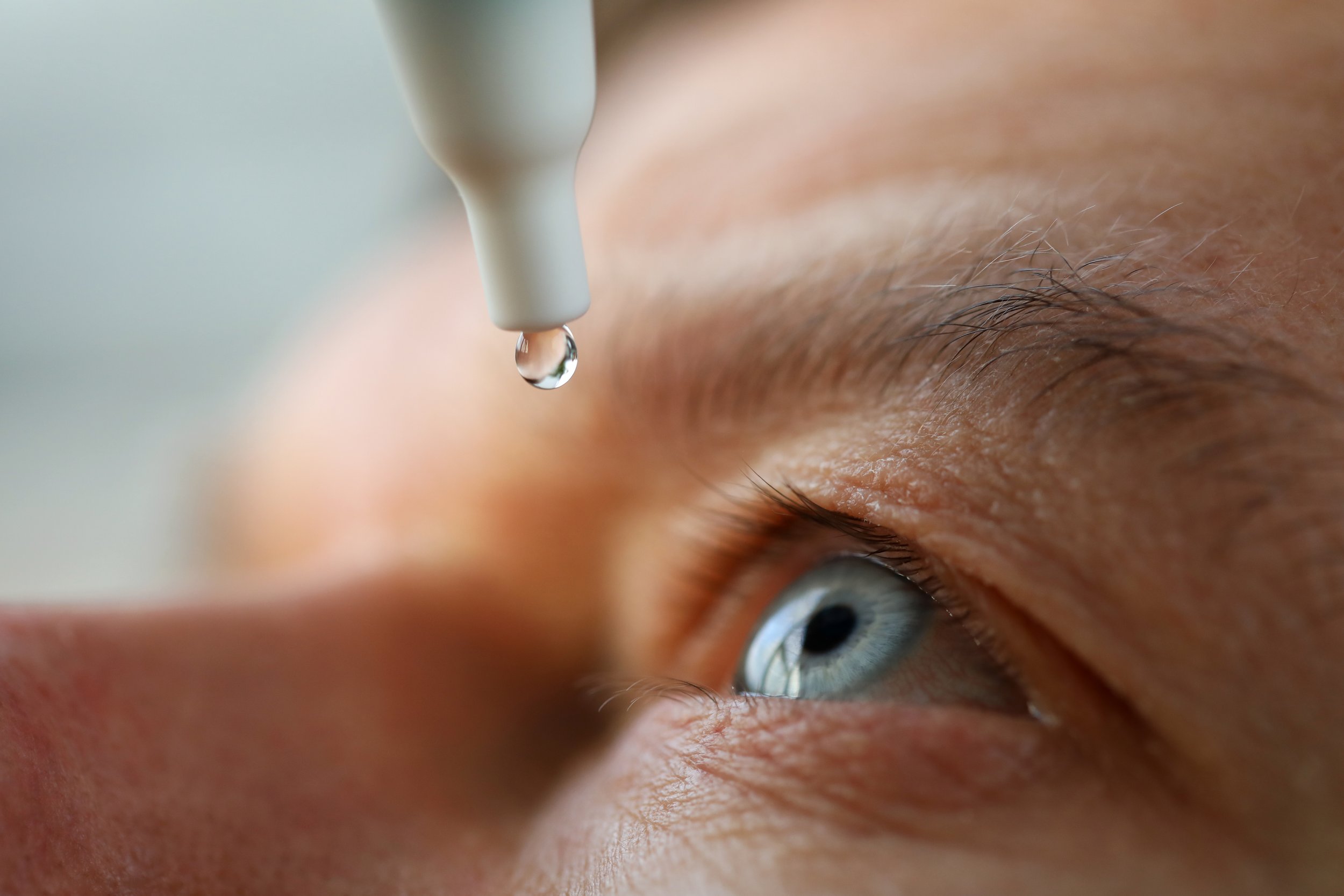Eye Conditions
Minimally Invasive Glaucoma Surgery
What is Minimally Invasive Glaucoma Surgery (MIGS)?
Patients with glaucoma who are undergoing cataract surgery may be eligible to have a small drainage device inserted in the eye as part of their procedure. This may help reduce pressure within the eye and/or reduce patients’ requirement for eye drops.
The risks are comparable with cataract surgery alone, hence it is very safe.
What is the Hydrus microstent?
The Hydrus is an 8mm long curved device made out of Nitinol (a nickel-titanium alloy) that is inserted into the main drainage channel from the front chamber of the eye and will remain on the inside of the eye beyond the operation.
The device allows an opening from inside the front chamber of the eye, draining fluid into the shunt and then out into collector channels, lowering the pressure within the eye.
The device is metal, so is it safe in to have an MRI?
Yes, the device is safe to have an MRI (under 3 Teslas) in almost all cases. You should always seek your radiologist's advice prior to proceeding with your scan. Dr English is happy to help liaise to help provide clarification if required.
Where is the device inserted?
The device is inserted into the trabecular meshwork, the drainage site of the eye, providing a conduit of fluid from the inside of the eye to the drainage pathways exiting the eye.
Will I feel anything during the procedure?
The procedure takes place at the conclusion of the cataract operation. You will have an anaesthetic block ensuring no pain. After surgery, the micro-shunt will not be felt within the eye.
Do I continue taking my glaucoma drops after the procedure?
Dr English will provide you with individualised advice regarding this.





